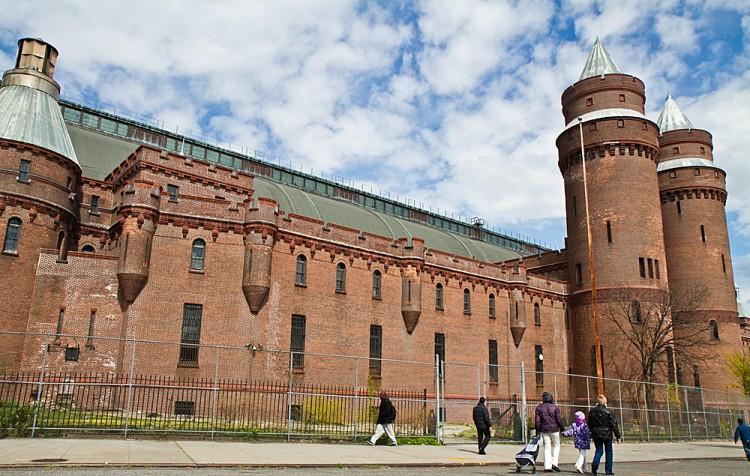NEW YORK—In a cozy, 250-year-old brick house with oatmeal-colored walls and paper printed photographs, the Museum of Bronx History struggles to continue educating Bronx residents of their history.
Earlier this month, a commemoration was held for Sol Elbaum Bronx County Historical Society’s (BCHS) major researcher and financial supporter. His passing leaves a vacuum not only in the community of Bronx historians, but also in the society’s funding.
In addition to serving on the BCHS board, Elbaum was also a supervising dispatcher for the Fire Department of New York, inventor, and a philanthropist—though not always the most willing.
“He always said no first,” a board member joked.
The BCHS does not attract as much funding as some other historical societies in the city.
“You never had a Mrs. Astor in the Bronx,” said Lloyd Ultan, the borough historian of the Bronx. Ultan refers to Brooke Astor, a philanthropist who donated generously to various city organizations such as the Metropolitan Art Museum and the New York City Public Library “The Bronx didn’t have the kind of funding like [the historical societies] do in Westchester County, or Manhattan.”
Bronx Historical Society Troubled Without Champion
In a cozy, 250-year-old brick house with oatmeal-colored walls and paper printed photographs, the Museum of Bronx History struggles to continue educating Bronx residents of their history.

The Bronx Kingsbridge Armory, also known as the Eighth Regiment Armory, built in the 1910s by architect Lewis Pilcher for the National Guard's Eighth Coastal Artillery Regiment unit. It has remained unoccupied since 1996. Benjamin Chasteen/The Epoch Times
|Updated:





